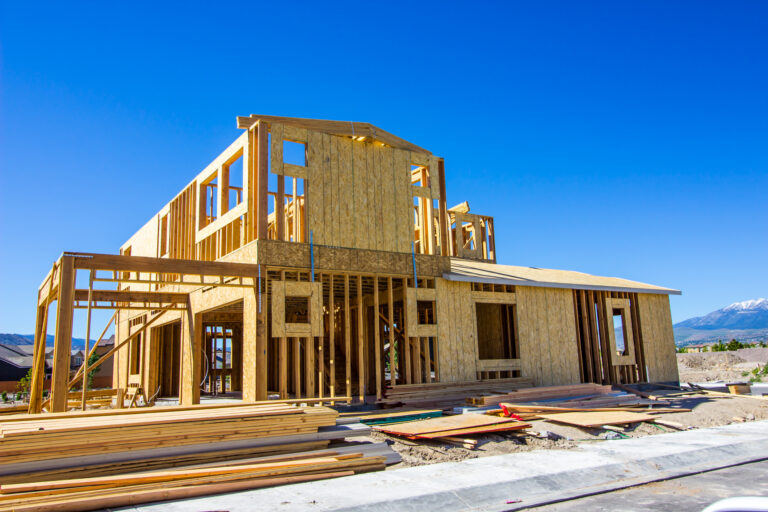Australian Property Update – October 2023

Terry’s View: A Perfect Storm Of Positive Indicators
Terry’s View: It’s been a long time since the underlying indicators were so positive for real estate buyers, not withstanding higher interest rates. In many ways it’s a perfect storm for property investors, although not so good for households who rent.
In simple terms, there’s a serious imbalance between supply and demand which continues to become more pronounced. Australia has just recorded the highest population in 20 years, boosted the highest ever levels of overseas migration. At the same time, the nation is not building enough new dwellings, with building approvals in steady decline for the past three years. Australia has shortages of residential land, of houses, of apartments and of homes available for rent.
Politicians have few ideas on how to fix this problem of shortages of everything important in real estate. Myriad problems in the building industry mean it’s not possible to build enough new dwellings and government targeting of Airbnb as a convenient scapegoat will do little to improve the rental shortage. Prices and rents will continue to rise for the rest of 2023 and into 2024,creating a climate that favours investors, while being bad news for tenants.
Population Hits Record High
High demand for housing and rising property prices are tipped to continue as Australia’s population growth hits a record high . Australian Bureau of Statistics figures for the first quarter of 2023, show the population is growing at a rapid pace, with an additional 563,205 people in the past year – or 2.17% growth. Overseas migration remains the largest driver of Australia’s population growth with net overseas migration for the 12 months to March 2023, 454,361 people. To put that figure into context, since 2006 it has been averaging between 200,000 and 250,000 people a year. In addition to the large intake of migrants the figures show fewer people are leaving Australia, with 226,000 leaving in the year to the end of March 2023, while typically it would be between 250,000 to 300,000 people. Western Australia has the highest growth rate of 2.8% for the year ended March 2023, followed by Victoria which is up 2.4%. Queensland’s population grew by 2.3%, ACT, 2%, New South Wales, 1.9%, South Australia, 1.6%, Northern Territory, 0.9% and Tasmania, 0.4%. The figures show New South Wales continues to lose the most residents to other states, with more than 30,000 a year moving elsewhere in Australia.
Rents To Stay High
Rents are tipped to remain high throughout the remainder of 2023 and well into 2024, despite moves from various governments to find a solution. Chief economist at My Housing Market, Andrew Wilson, describes the problem as “intractable” and says the only constraints on rents are tenants’ capacity to pay. Wilson says the introduction of federal and state government incentives to increase supply and add more rental properties to the pool, will take quite some time to flow through to the market and have an impact. “Even then, the planned numbers of new builds are not nearly enough to meet demand,” he says. He says high rents are something we are going to have to live with, and governments can only really help those renters who are marginalized. Head of data and insights at Quantify Strategic Insights, Angie Zigomanis, says it is all about supply and demand and a big part of the demand is the return of net overseas migration. Recent increases in rents mean the share of gross median household income required to service new rents, is now 31% in June. Louis Christopher, of SQM Research, predicts rents will rise by 2% to 4% by the end of the year.
Unit Prices To Boom
Housing supply constraints are tipped to result in an increase in demand for units, with prices expected to boom as a result. Rising migration, increasing property prices and a shortage of land supply, means units are becoming a viable option for many. Units are beginning to make up a larger portion of Australia’s housing stock with CoreLogic figures showing they makeup 25.9% of the national housing stock, up from 19.6% in 2010. Units account for 30.4% of capital city housing stock in comparison to 22.9% in 2010. CoreLogic economist, Kaytlin Ezzy, says there is strong demand in the unit rental market with many migrants choosing to rent before buying. “The impact of this additional demand has already been seen in the rental market,” she says. “While worsening rental affordability has seen the pace of unit rental growth ease in recent months, nunitrents are likely to remain elevated for some time, especially with net overseas migration expected to remain high through 2023and 2024.” The result of continuing demand for units will be growing prices. “With the cash rate potentially easing in 2024,greater purchasing demand could fuel a stronger price boom in the unit market at this time,” Ezzy says.




